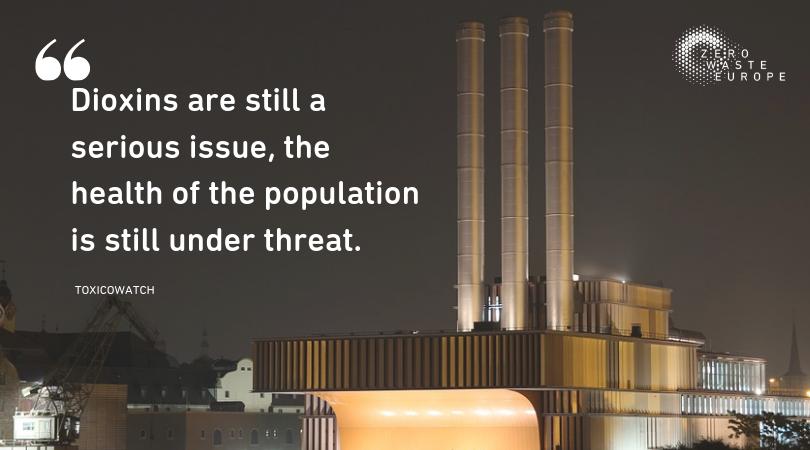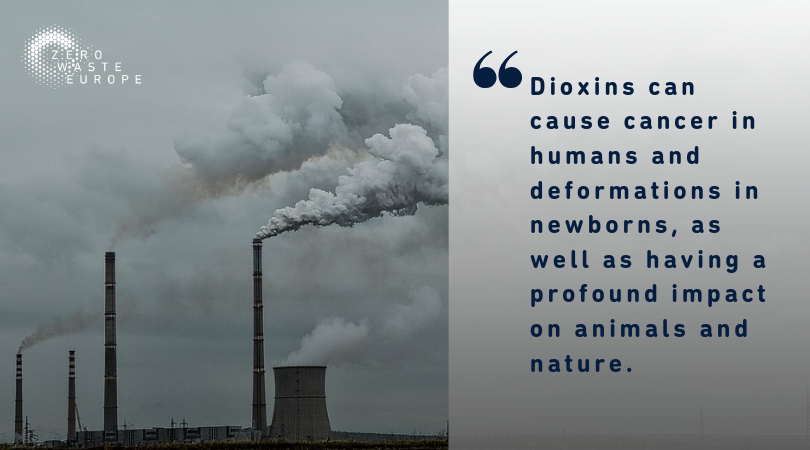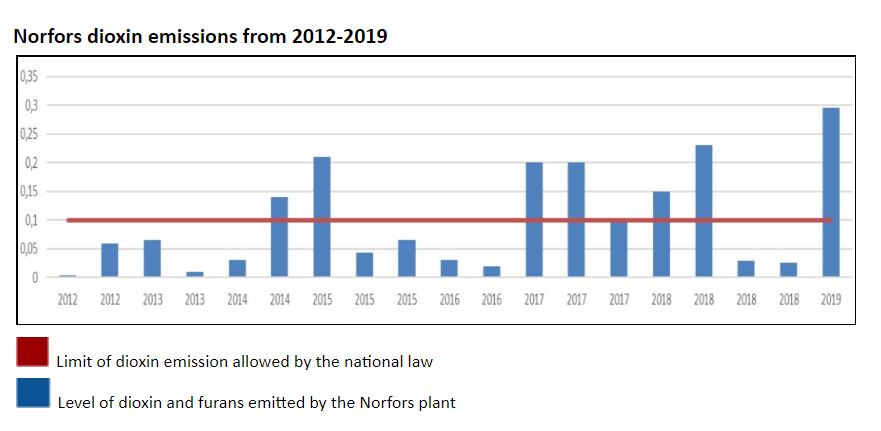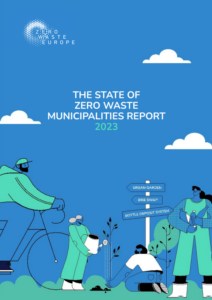The not-that-well hidden risks of incineration: the case of the Danish Norfors Plant

Denmark is perceived to be one of the world’s greenest countries. But is it really? Besides the windmills and bike lanes, the country is also known for its passion for burning waste.
Indeed, Denmark has a long tradition for incinerating waste, as the first waste-to-energy plant was established already in 1903. Nowadays, according to Eurostat’s data, the country has the highest municipal waste generation rate per capita (781kg) in the Europan Union, burning over 50% of its waste and still struggling in its transition toward zero waste (read more on our blog).
On the surface, incineration may seem like a viable quick-fix, with “waste-to-energy” or “plastic-to-fuel” promising not only to reduce the volume of waste but also to generate energy. However, despite the waste composition, incineration turns one form of waste into other forms of waste, including toxic emissions such as metals, acid gases, particulates (dust and grit), carbon dioxide (CO2) and highly toxic organic compounds like dioxins and furans.
Dioxins and furans are some of the most toxic man-made substances that exist in the world as they have an irreversible effect on humans and on the environment. Indeed, evidence proved that dioxin is not only directly affecting human health, being a highly carcinogenic substance, but as it decomposes really slowly, it also bioaccumulates in the adipose tissue of animals entering the food chain.
Dioxins bioaccumulate and can cause cancer in humans and deformations in newborns, as well as having a profound impact on animals and nature. We can see that the dioxin level rises in nature, among other things in the salmon from the Baltic, even though it is difficult to determine where it comes from.
Jens Peter Mortensen, the Danish Society for Nature Conservation
 Waste incineration companies claim that incineration, using highly advanced emission control technologies, is able to provide clean energy that reduces climate impacts and toxicity. But is it true? A recent injunction from the Danish Environmental Protection Agency (EPA) could help to cast light on the reality.
Waste incineration companies claim that incineration, using highly advanced emission control technologies, is able to provide clean energy that reduces climate impacts and toxicity. But is it true? A recent injunction from the Danish Environmental Protection Agency (EPA) could help to cast light on the reality.
The Danish Environmental Protection Agency released an injunction showing that the Norfos incineration plant has repeatedly exceeded the limit value for toxic emissions since 2014. Measurements have revealed that the plant emits dioxins, furans, and toxic pollutants, far beyond the limits set by the national and the European laws. As shown in the bar chart below, since 2014 Norfos violated the dioxins emissions’ limit for three years in the last five years.
Norfors plant has been releasing emissions of dioxins and furans significantly above the limit value for a total of three years within the last five years, highly impacting the surrounding environment
The Danish Environmental Protection Agency in its order for I / S Norfors on 3 July 2019.
 Moreover, the problem of controlling and limiting dioxin emissions is a long-lasting issue for incineration plants. Evidence shows that waste-to-energy plants are one of the largest source of environmental contamination as a result of the high amount of dioxin pumped into the air and spread in the surrounding lands and seas. In 2004, the EU introduced more strict requirements for cleaning and controlling the incineration plants’ emissions. This led to reducing dioxin emissions by 68% in Denmark, nevertheless, according to the EPA the dioxin contamination of the environment has not fallen accordingly.
Moreover, the problem of controlling and limiting dioxin emissions is a long-lasting issue for incineration plants. Evidence shows that waste-to-energy plants are one of the largest source of environmental contamination as a result of the high amount of dioxin pumped into the air and spread in the surrounding lands and seas. In 2004, the EU introduced more strict requirements for cleaning and controlling the incineration plants’ emissions. This led to reducing dioxin emissions by 68% in Denmark, nevertheless, according to the EPA the dioxin contamination of the environment has not fallen accordingly.
Therefore, after a thorough revision of the plant line, the EPA allowed Norfors to use the plant only if it immediately lowers the level of emissions and maintains them below the allowed limit. For this reason, Norfors must take additional performance checks to monitor emissions and permanently intensify cleaning practices. The order also warns that if even only one of the performance checks shows a limit excess for dioxins and furans, the plant line will be immediately shut down.
Unfortunately, the case of Norfors appears to be just another significant proof that waste incineration plants have difficulties to control the emissions of dioxins. Indeed, in November 2018, Zero Waste Europe and Toxico Watch released a case study revealing that the youngest Dutch incinerator, Reststoffen Energie Centrale (REC), was emitting dangerous pollutants far beyond the EU limits.
Civil society is becoming more and more aware of the toxicity beyond incineration practices. In June 2019, Dutch citizens won a court case against the infamous REC plant as the Council of State – the highest administrative court of the Netherlands – stated that the waste to energy plant had incorrectly applied the regulation to measure the toxicity of its emissions (read more about the story of REC on our blog).
One more time, the Norfos case raises important questions for policy-makers concerning the safety of waste incineration, a practice that puts public health and the environment at stake while exacerbating climate change. Even though the European Commission has recently taken steps to minimise dioxin emissions from waste incineration, it is uncertain if this will guarantee a reduction of the environmental contamination of dioxins or fix the issue of long-term measurements of toxic emissions.
The newly elected European Parliament and the Commission, have now the opportunity to put forward legislation to move away from waste incineration and push for more sustainable alternatives to deal with our resources, while focusing on strategies to reduce waste in the first place.


